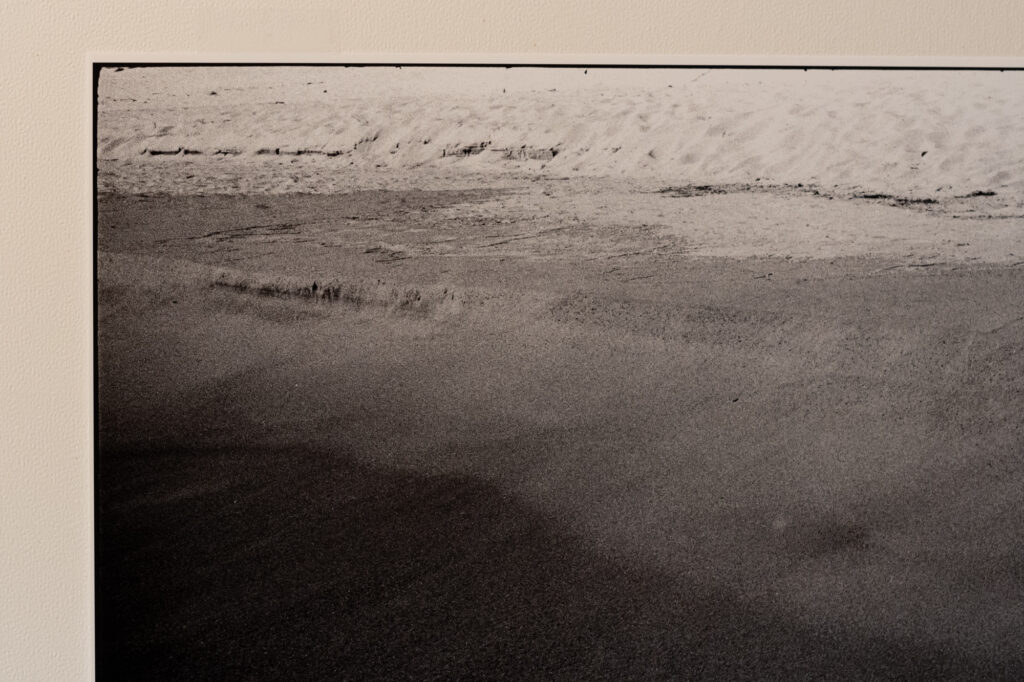Awareness in a Print
Repeatedly, Rupert Spira uses the analogy of a screen to explain his points on awareness: the movie playing on a screen is ‘objective experience’ (this beings thoughts, knowledge, feelings, sensations and etc.) whilst the screen behind the movie is the ever-present state of being aware. This awareness is unperturbed by emotions, health or intelligence as a movie screen is unperturbed by the contents of the movie playing.
Reading the book, this analogy aligned with thoughts I have had regarding photographic prints – the use of borders and the awareness the images have of the paper it is printed on. Since I started scanning my own films I experimented with leaving borders around my photographs – the very edge of negatives where the image ends and the unexposed base of the film begins. These borders fascinated me with how three-dimensional they looked, lights of the outer edge warped like a kaleidoscope. These borders seemed to affirm their self-awareness as pictures distinct from the reality they were taken from. When these photographs were printed on paper with their borders, they were more introspective and personal. Their relation to the paper was more stark, and the narrative of the image more contained.

In a different note, I also experimented with the paper being aware of the image it holds. I wanted to subject the paper to the experience captured within the image. This is unlike the awareness in Spira’s book, where “the screen is not conditioned by anything that takes place in a movie […] never conditioned by anything that takes place in experience”.